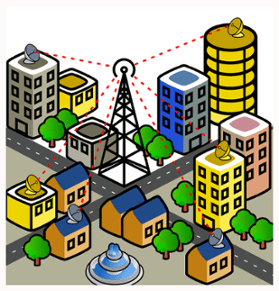
Telecommuting may have emerged a decade or more ago as a trend for a handful of working mothers and tech-savvy 20-somethings, but it has grown into a significant staffing option that appears to be here to stay.
The perception of who telecommutes and why may not have changed, but the reality has. Recently, The New York Times reported, “…the typical telecommuter is a 49-year-old college graduate — man or woman — who earns about $58,000 a year and belongs to a company with more than 100 employees...”
Telecommuting is a win-win
The upside for both employees (job satisfaction) and employers (cost savings) is significant. Here are some of the benefits:
- Improved work-life balance
- Less stress on employees when they don’t spend time commuting or have to miss important family commitments
- Less absenteeism
- Greater employee satisfaction
- Reduced company carbon footprint
- Reduced operating expenses
- Increased employee productivity
- Higher quality work
- Increased commitment of employees toward the organization as a result of flexibility and support
- Telecommuting is attractive to job candidates, particularly those whose commute would be longer than 30 minutes
- Little or no downtime during severe weather events
“…Federal employees in Washington who worked from home during four official snow days saved the government an estimated $32 million, according to Kate Lister, president of Global Workplace Analytics, and its research arm Telework Research Network.” – New York Times
How ensure success
The option to telecommute has become an important employee benefit, and most telecommuters find a mix of working at home and in the office to be ideal. The key to success is being thoughtful about it. Here are some things to keep in mind:
CONTACT US